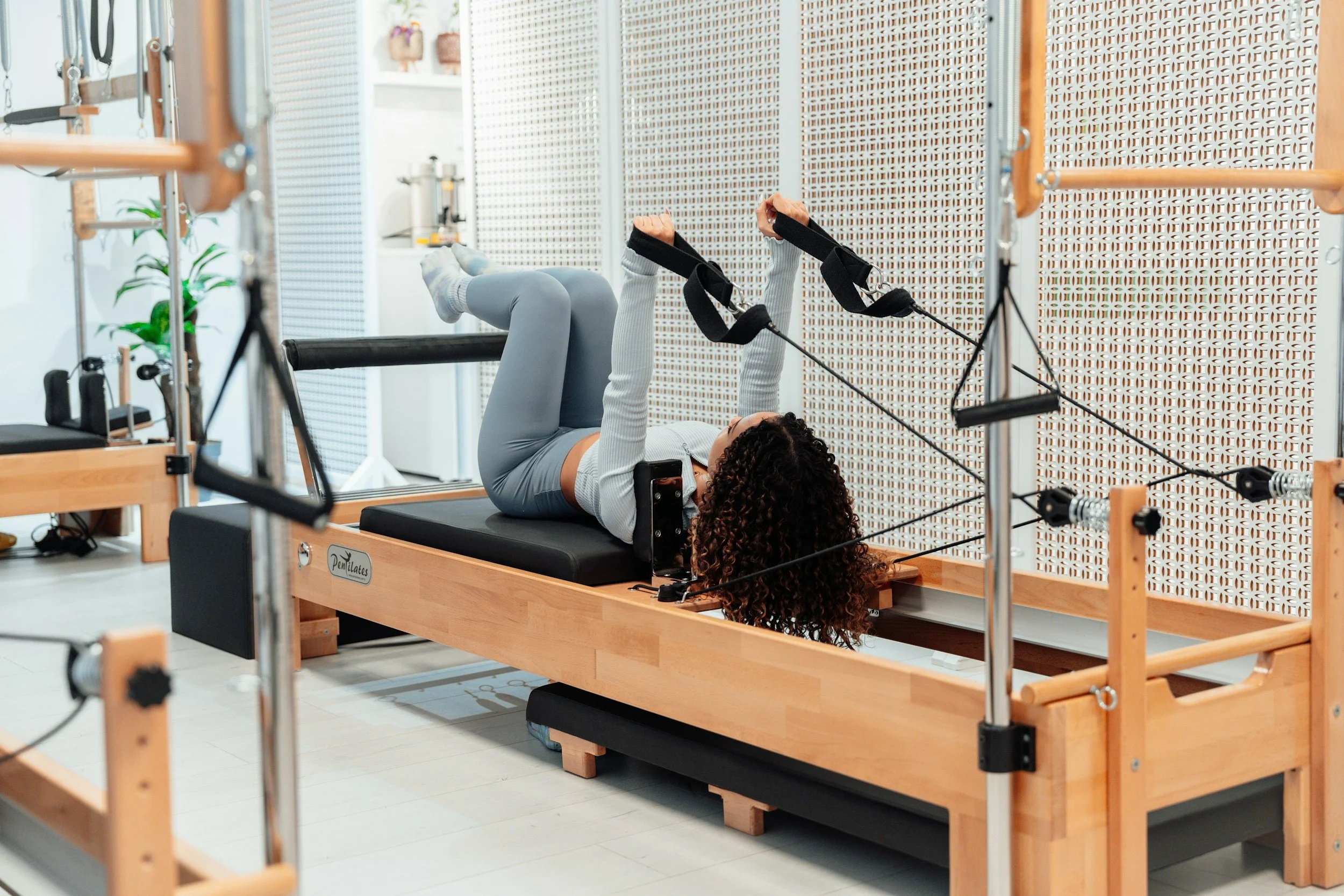
“When people care about themselves, they will care for themselves, and this leads to greater health.”
- Kristin Neff, Self-Compassion: theory, method, research, and intervention
Background
Functional Self Care™ invites people to reconnect with their bodies through gentle, thoughtful movement. Using Pilates, it encourages a deeper understanding of how small choices can lead to big changes in health. Inspired by health science, it explores why we do—or don’t—take care of ourselves, and helps clear the path to feeling better, inside and out.
By building confidence and trust in your body, Functional Self Care™ makes it easier to stay active long after the sessions end. Research shows we’re more likely to keep moving when it feels meaningful, when it fits who we are, and when we learn to truly listen to the signals our bodies send.
Overview
Sometimes, exercise can be unhealthy. When people move their bodies because they feel guilty, ashamed, or like they need to “earn” food, it can actually make them feel worse. This kind of movement often comes with pain, low energy, sadness, or not eating enough to stay strong. It’s not just about how often or how hard someone exercises—it’s about why and how they do it.
Functional Self Care™ uses Pilates to help people move in a way that feels kind, safe, and connected. Pilates is a gentle exercise that helps the body grow stronger and the heart and lungs stay healthy. But even more than that, it helps people learn to listen to their bodies and move in ways that bring comfort and joy.
This approach is guided by something called the Health Belief Model, which says that people are more likely to make healthy changes when:
They see how their current habits may be harmful,
They believe the benefits of change are worth it, and
They feel ready and motivated to do something different.
Instead of focusing on appearance or weight, Functional Self-Care helps people explore what movement feels good, what helps them feel proud and safe in their body, and how to move because they want to—not because they feel like they have to.
